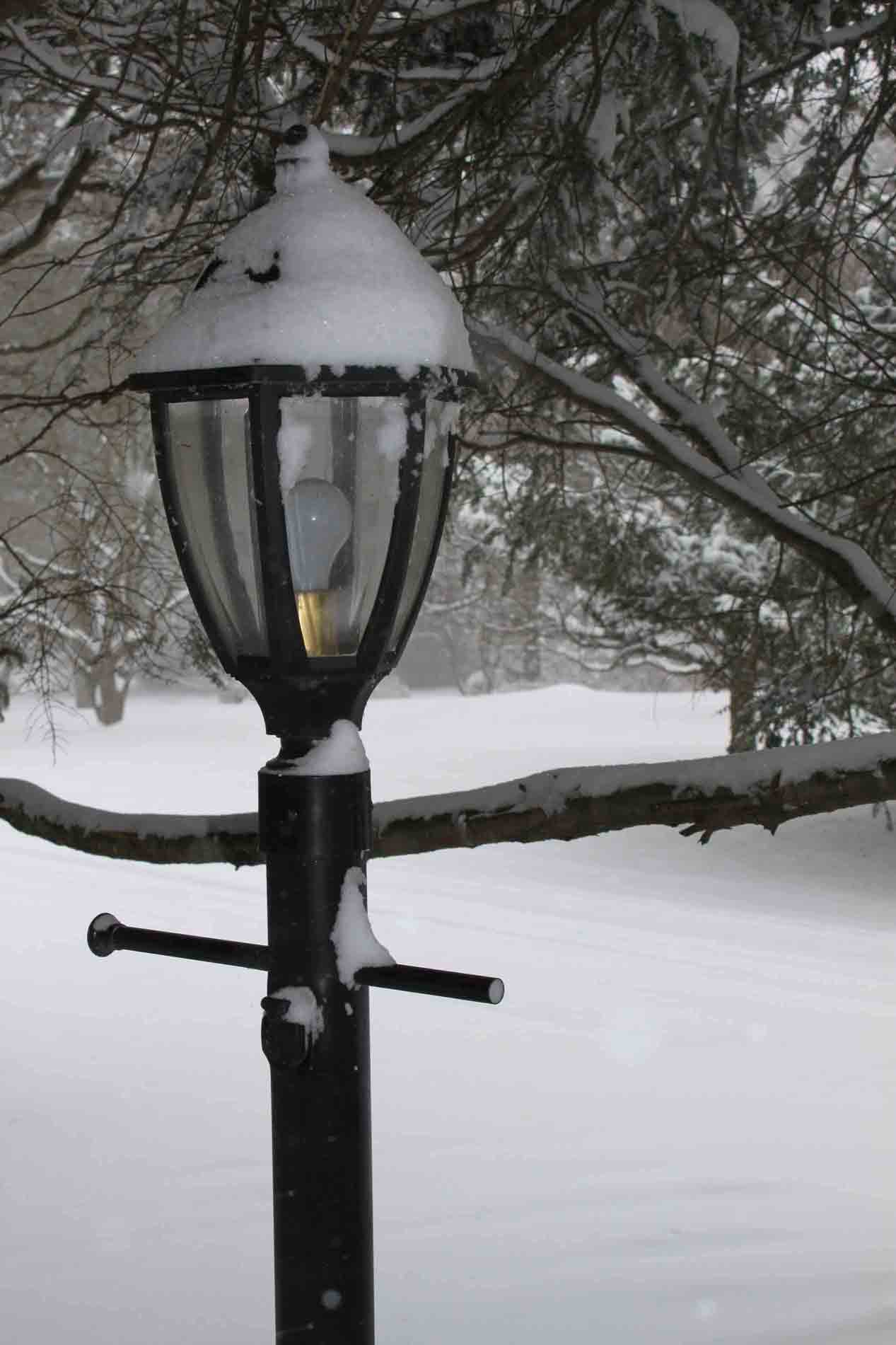This is the time of year when the colorful veil of the
garden drops, leaving the “bones”:
the underlying structure that gives the garden substance year-round. The
bones of a garden provide support in the summer, but become crucial in the
winter, when they are bared for all to see. They give geometry to your
yard—lines, angles, and curves—that create an eye-pleasing foundation for the
changing display of color, form, and texture during the growing season. You can
create structure in your garden in a number of ways.
Rock and Stone
Paths, stone walls, gravel beds, stepping stones, and the
like provide structure and serve important functions in the garden. One mistake
many people make when designing a garden is neglecting to include a ways for
people to move through the garden as well as maintain it. Walkways guide
visitors, direct their attention to focal points, and provide ways to access
the garden for weeding and other tasks so the gardener doesn’t have to step in
the planting bed, which can compact the soil. Rocks add naturalistic structure
to the garden, whether used decoratively or functionally as walls or for
terracing. In winter, rock and stone become a striking part of the landscape,
making up for some of the vertical structure lost when plants die down.
Manmade Objects
Weather-proof benches and chairs, gazebos, trellises,
arbors, fences, garden ornaments, and statuary can provide focal points in any
season. Scrollwork and other detailing catch snow, adding to their charm on a
wintry day. Garden furniture gives
the gardener a place to perch on days when the weather is tolerable, providing
an opportunity to sit in the winter garden and imagine the spring blooms and
summer sunshine to come.
Lighting
While lighting certainly serves a utilitarian function, in
the garden it can also add drama, focus attention on specimen plantings, and
provide direction for pathways. Lamp posts, lanterns, ornamental lighting
fixtures, spotlights, and sunken lights add interest year-round. And there’s nothing
like watching snowflakes falling softly in the winter garden at night.
Evergreens
Conifers and other evergreen trees, vines, groundcovers,
and broadleaf plants such as rhododendrons, hollies, laurels, and some
magnolias, provide natural screening, outline garden areas, and add a
much-needed dose of green as a tonic for the winter doldrums. Many evergreens are also wonderful for
cutting and taking indoors, either to put in vases or for wreaths and swags. Junipers,
pines, hollies, arborvitaes, magnolias, laurels, and cedars are examples of
plants that can take a little winter “pruning” for the benefit of winter
arrangements. Many also provide a lovely scent as well.
Plants with Winter Interest
Ornamental grasses, berrying shrubs and trees, and dried flower
heads provide texture, movement, and in some cases color. With their leaves
gone, trees show off their branch structure and bark, which can be quite
ornamental. Some, such as red-twig dogwood, provide dramatic color as well. Heucheras (coral bells), lamb’s ears,
and lavender are among the plants with foliage that is attractive through the
winter. You can use weather-resistant containers (those that can freeze without
ill effect) for small winter shrubs or winter arrangements made from cuttings
stuck into the soil. A few plants even bloom in the winter, or so early in the
spring that it seems like winter. These include some hellebores, camellias,
witch-hazels, and bulbs such as snowdrops and winter aconite.
Water Features
Water can provide ornamental value in the garden but is
also a wonderful way to attract wildlife, particularly birds, during the winter
months when fresh, unfrozen water may be difficult to find. In our area, a heat
source is required to prevent water features from freezing, unless the body of
water is very large and deep. A heated birdbath will attract winter birds
better than even the best birdseed and can be quite pretty edged with snow.
Winter is a good time of year to reassess the structure of
your garden. Make note of places where
you want to screen out an unattractive view, add a permanent focal point, or
change the shapes or lines of your borders. A great garden looks good every month of the year. Make sure
yours has the bones to pull it off.
* Nancy Sakaduski is the Chester County
Master Gardener Coordinator. Master Gardeners are trained volunteers who
educate the public on gardening and horticultural issues. In Chester
County, they operate through the Penn State Cooperative Extension office in
West Chester. Nancy lives in Pennsbury Township. She can be reached
at nds13@psu.edu.
About Nancy Sakaduski
Nancy Sakaduski is a Master Gardiner with Penn State Extension of Chester County.





Comments